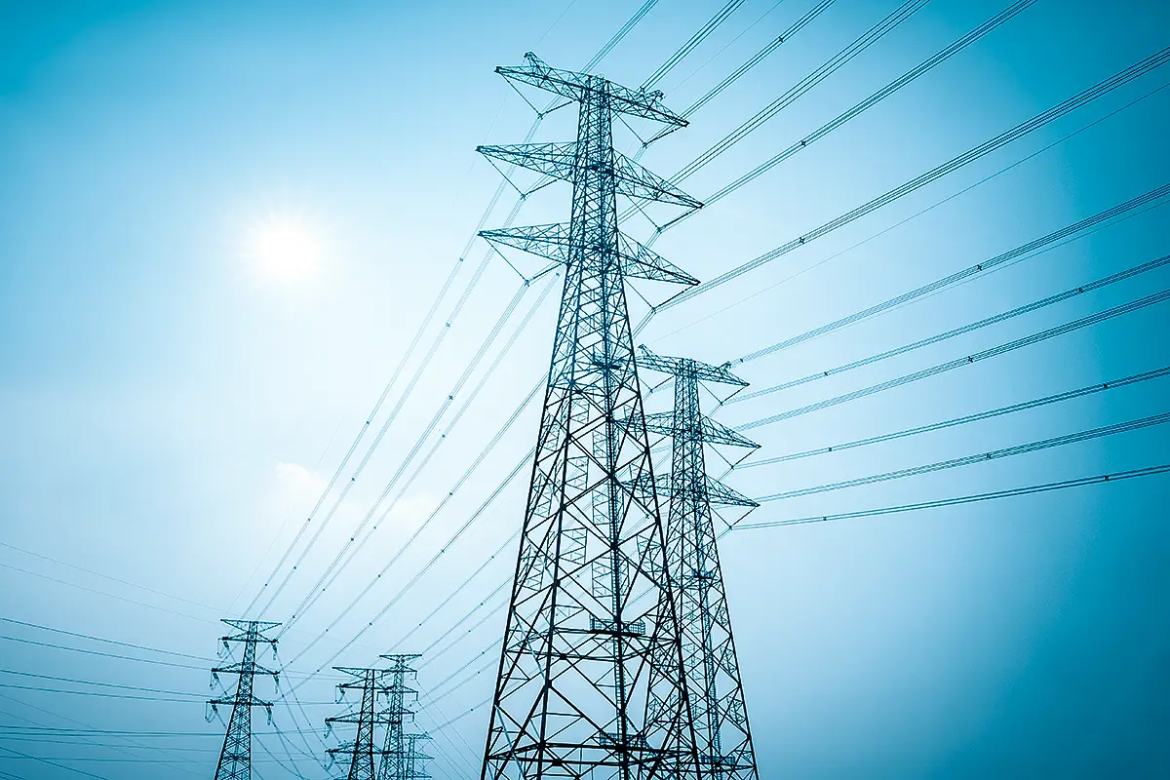KEY POINTS
- Nigeria’s REA chief says some rural communities pay ₦250–₦280 per kWh, higher than urban Band A tariffs.
- Pricing is linked to infrastructure costs, with solar mini-grids powering many rural areas.
- Rising tariffs and erratic supply continue to fuel consumer frustration nationwide.
Despite having a more reliable supply of electricity, some rural communities in Nigeria are paying higher electricity tariffs than urban Band A customers, according to the country’s federal government.
In an interview with Channels Television’s The Morning Brief on Monday, Abba Aliyu, the newly appointed managing director of the Rural Electrification Agency (REA), revealed the price discrepancy.
“There are rural areas where tariffs are close to ₦250 to ₦280 per kilowatt-hour,” Aliyu said, noting that in some cases the costs surpass those faced by urban Band A customers, who are meant to receive a guaranteed minimum of 20 hours of electricity per day.
Aliyu explained that the tariff levels for rural communities depend largely on the cost of infrastructure deployed by the agency, which has relied heavily on solar mini-grids and hybrid systems to electrify remote towns, universities, and hospitals.
Solar power as a costly but reliable option
Aliyu claims that because their power supply is reliable, unlike the inconsistent service in many cities, rural residents are willing to pay higher rates. A crucial component of the REA’s plan to increase access in underserved areas, the organization has installed dozens of solar-powered mini-grids throughout Nigeria’s six geopolitical zones.
“The communities pay, and they enjoy it,” he said. “But the pricing is tied directly to the cost of infrastructure we install in those areas.”
Despite years of privatization, Nigeria has long suffered from a fragile power sector, with inefficiencies still plaguing the production, transmission, and distribution of electricity. The difficulties have been made worse by inconsistent policies, low investment, and high operating expenses.



